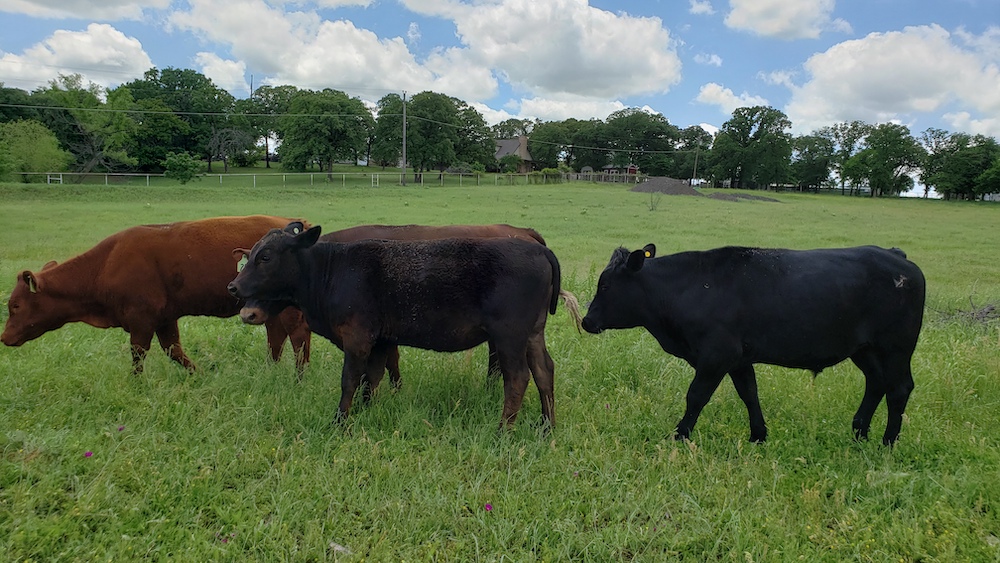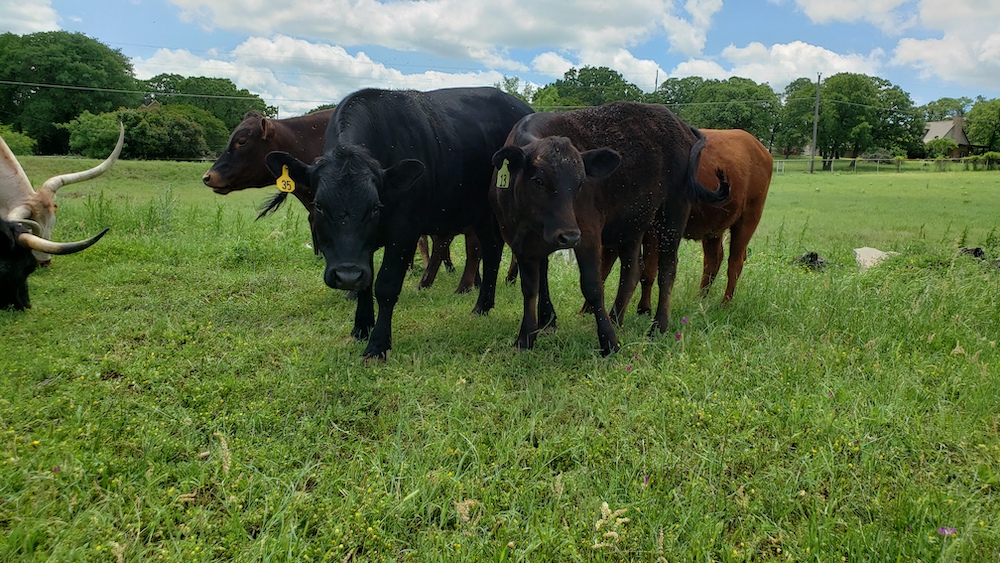

Did you know that red meat can be included as part of a healthy diet? Thanks to Texas Longhorns, today’s health-conscious consumer doesn’t have to avoid tender, juicy steaks. Longhorn beef is leaner than other breeds and is lower in saturated fats. Packed full of flavor, Longhorn beef has less cholesterol and calories than white meat. Including lean beef in a heart-healthy diet can positively impact blood cholesterol levels. Studies have shown that eating lean beef can help increase ‘good’ cholesterol and reduce ‘bad’ cholesterol in people with elevated cholesterol levels.
Beef is the best source of protein, zinc and Vitamin B12 and is the third best source of iron in the food supply. Beef is also a good source of selenium, which may reduce the risk of heart disease and certain types of cancer (such as prostate) as well as enhance the body’s ability to fight infections. That’s definitely good news for carnivores who crave a healthy lifestyle!
*For more information, you can find the entire article and cooking tips at: http://www.tlbaa.org/registered-texas-longhorn-beef/

The Health Benefits of Grassfed Beef
Author: Jo Johnson
“Why Grassfed is Best!”
Consumers have been led to believe that meat is meat is meat. In other words, no matter what an animal is fed, the nutritional value of its products remains the same. This is not true. An animal’s diet can have a profound influence on the nutrient content of its products.
The difference between grainfed and grassfed animal products is dramatic.
First of all, grassfed products tend to be much lower in total fat than grainfed products.
In fact, grassfed meat has about the same amount of fat as skinless chicken or wild deer or elk. When meat is this lean, it actually lowers your LDL cholesterol levels.

Because grassfed meat is so lean, it is also lower in calories. Fat has 9 calories per gram, compared with only 4 calories for protein and carbohydrates.
The greater the fat content, the greater the number of calories.
For Example: a 6-ounce steak from a grass-finished steer has almost 100 fewer calories than a 6-ounce steak from a grainfed steer.
If you eat a typical amount of beef (66.5 pounds a year), switching to grassfed beef will save you 17,733 calories a year—without requiring any willpower or change in eating habits. If everything else in your diet remains constant, you’ll lose about six pounds a year. If all Americans switched to grassfed meat, our national epidemic of obesity would begin to diminish.
Did you know that there is extra Omega-3s?
Although grassfed meat is low in “bad” fat (including saturated fat), it gives you from two to six times more of a type of “good” fat called “omega-3 fatty acids.”
Omega-3 fatty acids play a vital role in every cell and system in your body. For example, of all the fats, they are the most “heart friendly.” People who have ample amounts of omega-3s in their diet are less likely to have high blood pressure or an irregular heartbeat. Remarkably, they are 50 percent less likely to have a serious heart attack.
Omega-3s are essential for your brain as well. People with a diet rich in omega-3s are less likely to be afflicted with depression, schizophrenia, attention deficit disorder (hyperactivity), or Alzheimer’s disease.
The graph below illustrates this rapid decline.

*For more information you can find this entire article at https://www.americangrassfedbeef.com/grass-fed-natural-beef.asp